#fossils
Explore tagged Tumblr posts
Text
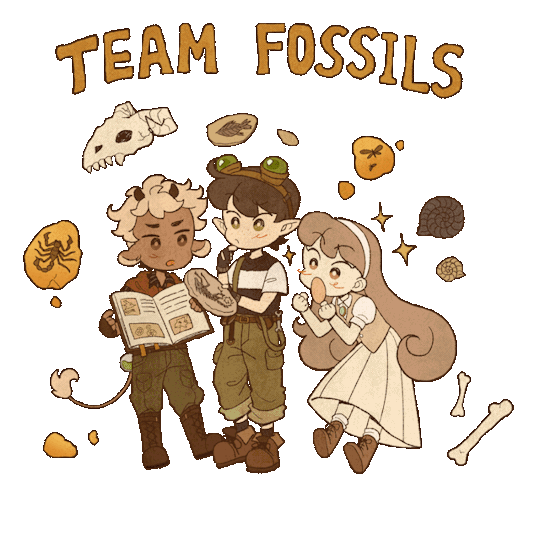
Drew my OCs for my profile on artfight and decorated the page a bit!
#artfight#artfight prep#team fossils#fossils#ocs#oc#my ocs#original characters#original character#animated gif#oc gif#my art#original art
84 notes
·
View notes
Text
LOVE THESE :3


F2U Arfight 2025 Fossils vs Crystals Thumbnail Borders Credit appreciated but you don't need to! https://artfight.net/~Almog
259 notes
·
View notes
Text
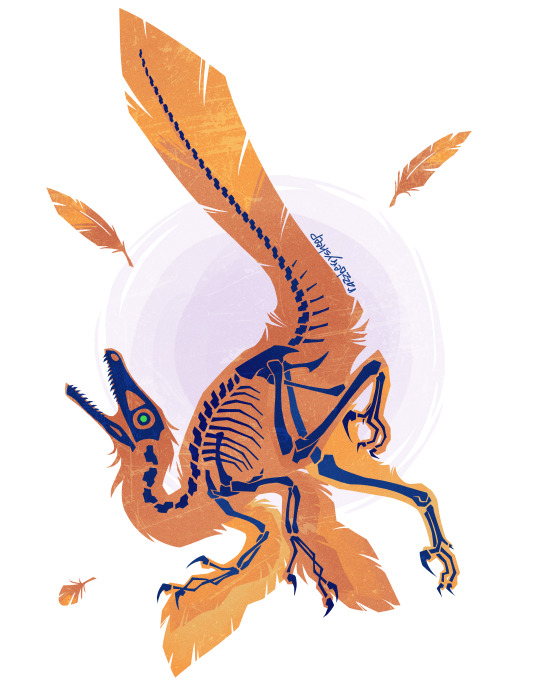
a thief
9K notes
·
View notes
Text
These fossilized sea lilies (crinoids) were found in the Moroccan desert, preserved in stunning detail.
Photo: Crimeteo Mbakri

94 notes
·
View notes
Text
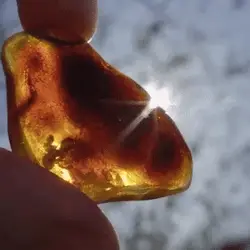
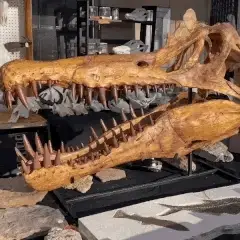
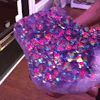
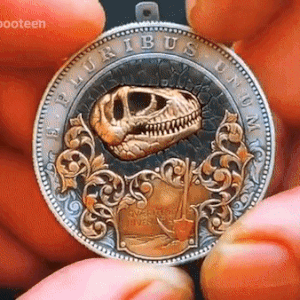
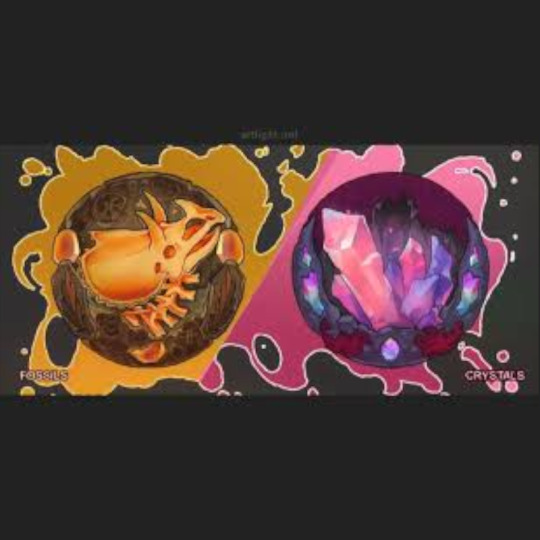
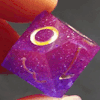
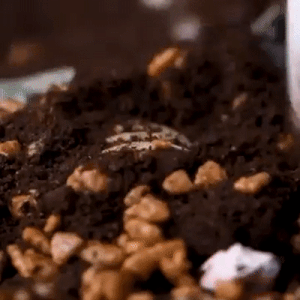
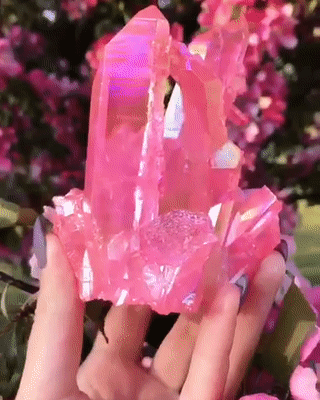
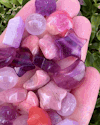
Artfight 2025: Fossils vs Crystals stimboard!
🦴-🦴-🦴
🎨- x -💥
💎-💎-💎
#stimboard#moodboard#stim#art fight#artfight#artfight 2025#art fight 2025#team fossils#team crystals#fossil#crystal#fossils#crystals#brown#tan#orange#white#amber#pink#purple#dinosaur bones#dinosaurs#metal#coin#dice#visual stim#tactile sim
62 notes
·
View notes
Text
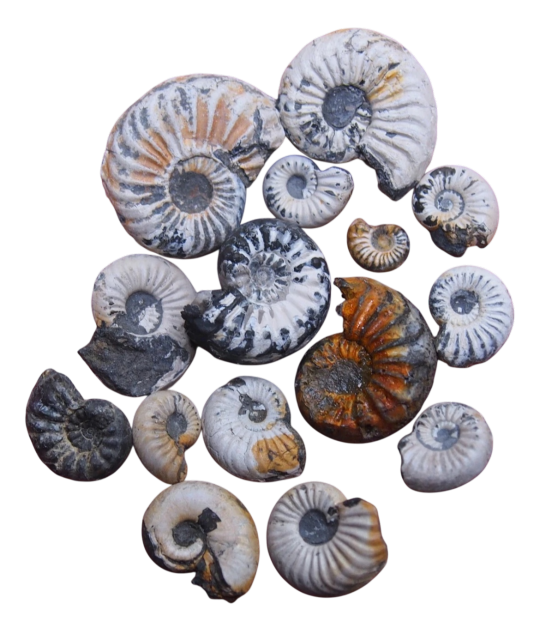
15pcs Pleuroceras AMMONITE Germany Fossils
#pleuroceras#ammonite#ammonites#fossil#fossils#fossil shell#ocean fossil#png#transparent#aes#ebay#paleontology#prehistoric#multi#germany
114 notes
·
View notes
Text
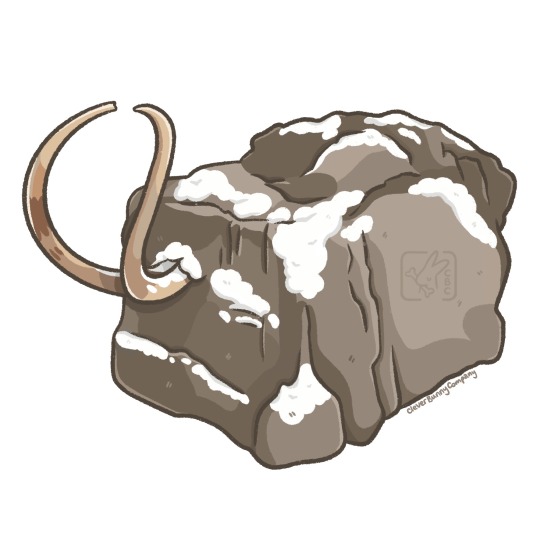
Mammoth Cube Mammoth Cube Mammoth Cube



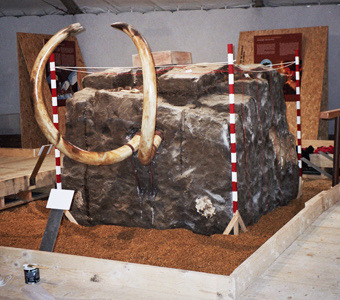
Known as the Jarkov Mammoth, this specimen was found in Siberia. The 23 tonne block of mud and ice was lifted to an ice cave where the mammoth inside was recovered and studied.
#paleoart#paleoblr#paleomedia#mammoth#mammoth cube#jarkov mammoth#digital illustration#paleontology#fossils#paleostream
14K notes
·
View notes
Text
attack on @ catgriller for this years artfight

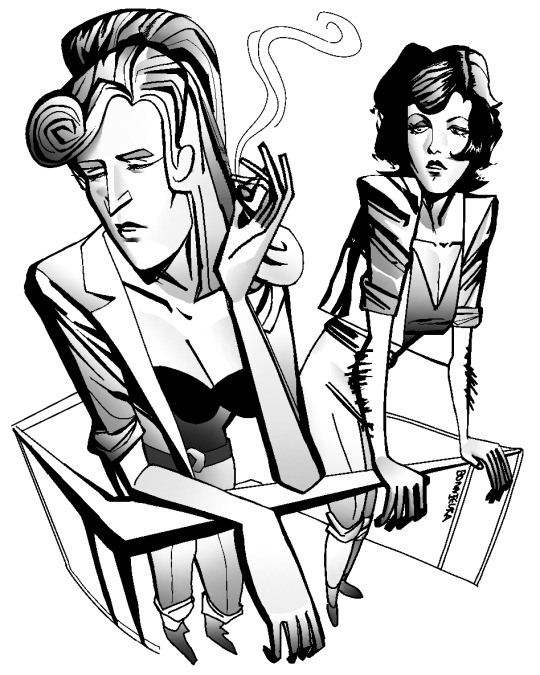
#loved their designs sm#the beatles#john lennon#paul mccartney#joan lennon#paulie mccartney#1960s#art#artfight#af#fossils#af fossils#my art#me tag#bonnieura
122 notes
·
View notes
Text



Potamon sp. Crab Fossil; Pleistocene Epoch (2.58 - 0.012 MYA)
#fossil#fossils#crab fossil#prehistoric#collectible fossil#fossil collection#sea fossil#marine biology#marine fossil#special collections#collectibles#crystals#geology#rocks and minerals#stone aesthetic#paleontology#naturalhistory#evolutionarybiology#natural#natural history#natural life#marine animals#gemstones#sea creatures#sea life#marine life#sea animals
17K notes
·
View notes
Text

i have exams in a week
#artwork#art#digital illustration#digital art#illustration#artists on tumblr#digital painting#animals#horseshoe crab#crab art#crab#living fossil#fossils
5K notes
·
View notes
Text

We've been busy at our Nodosaur site digging up an individual we've named "C.O.B.", with lots of elements from the tail, legs, and pelvis so far. This jacket contains one of its tibeae.
Illustration by D. Barrera Guevara.
#ankylosaur#nodosaur#judith river formation#dinosaurs#paleontology#palaeontology#paleoblr#palaeoblr#fossil#fossils#badlands dinosaur museum#science#art#paleoart
60 notes
·
View notes
Text

BOW DOWN TO THE ANCIENT ONE
55K notes
·
View notes
Text
These are so pretty! I’ll be using them!
ArtFight 2025 Assets Crystal vs Fossil
Page Dividers




Headers
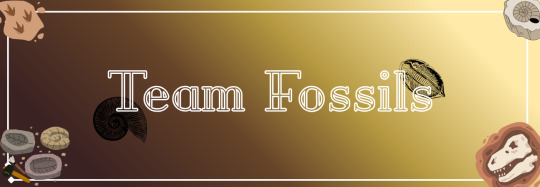

Profiles
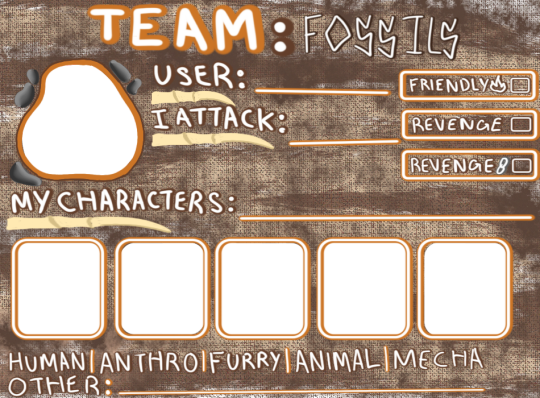

Boarders
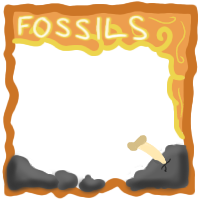
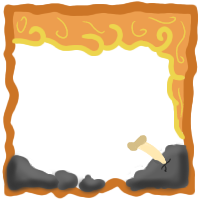
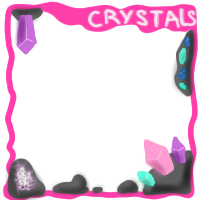
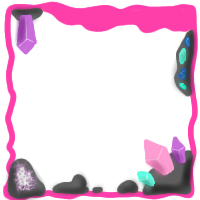
Credit is appreciated but not needed I would love to see these around the artfight tag!
@artfight (hello, these are for you)
#headers#banners#icons#boarders#boarder#team crystals#team fossils#crystals#fossils#artfight2025#<op tags#ooo can’t wait for the fight!
102 notes
·
View notes
Text
Yale University ecologists reveal a lizard lineage that rode out the dinosaur-killing asteroid event with unexpected evolutionary survival traits. Night lizards (family Xantusiidae) survived the Cretaceous–Paleogene (K-Pg) mass extinction event 66 million years ago (formerly known as the K-T extinction) despite having small broods and occupying limited ranges, a departure from the theory of how other species are thought to have persisted in the aftermath of the event. Before K-Pg, Earth was a warm, thriving planet with lush forests and diverse ecosystems both on land and in the oceans. Dinosaurs were widespread, diverse, and dominant. Marine reptiles patrolled the seas and pterosaurs soared through the skies. Future humans were still shrew-like, tree-dwelling creatures, part of a small but growing evolutionary experiment into placental mammals.
Continue Reading.
50 notes
·
View notes
Photo

artfight TODAY?!
if you're still looking for some attack thumbnail borders... i'm offering them again this year! F2U, with 4 alt frames for each team :3 have fun attacking!!! 🦖🦴💎🔮 download here: https://ko-fi.com/s/abb4d12e2d
#zilluart#artist#art#digital art#furry#cute#furryart#artfight#fossils#crystals#artfightframes#artfight2025
38 notes
·
View notes